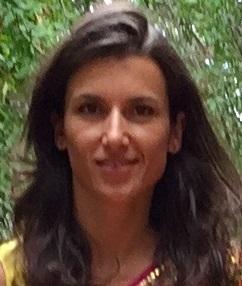Aéris will not be a wastewater treatment plant like any other. France’s first net positive energy wastewater treatment plant will treat wastewater and produce energy at the same time.
Once upon a time in Cagnes-sur-Mer, in the heart of the Côte d'Azur, the Alpes-Maritimes Department's first wastewater treatment plant was built. It recycled wastewater by eliminating pollutants before discharge into the sea, resulting in clean natural water that was hazard-free for the people of Cagnes-sur-Mer. After nearly 60 years of existence it had aged, however, and no longer worked very well, especially following heavy rainfall. And its city centre location began to increasingly aggravate the town's residents due to the odours and pollution generated.
Furthermore, because of climate change, heavy rain has become more and more frequent, which is a real problem for the town of Cagnes-sur-Mer.
“We have been working on this wastewater treatment plant project for 21 years now. At the end of this long tunnel of administrative and technical complications, the new wastewater treatment plant will enhance the well-being of the people living in Cagnes-sur-Mer and improve the lives of future generations”, says Louis Nègre, Chairman of SYMISCA, the contracting authority for the project.
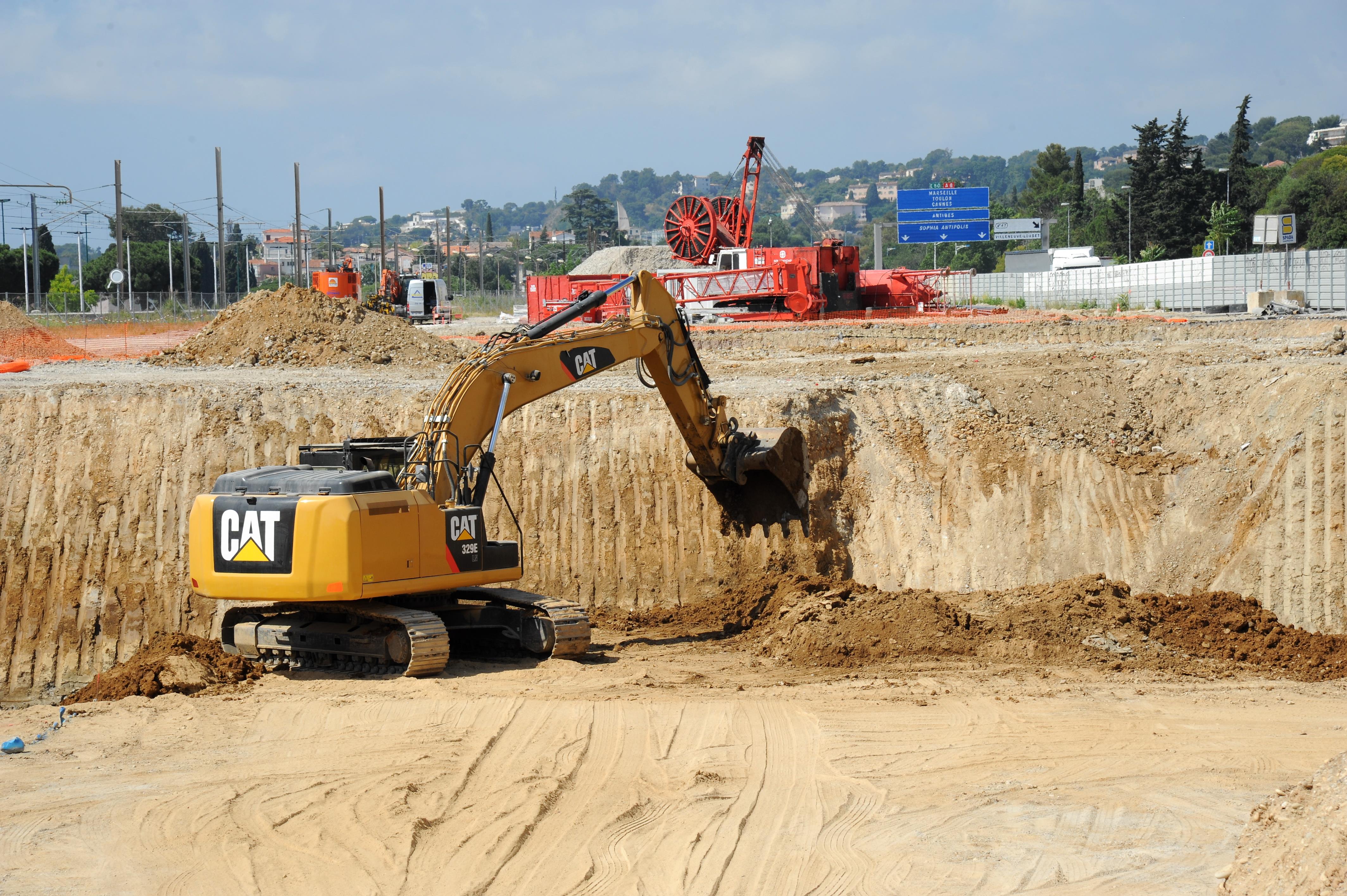
The project concerns the replacement of the old wastewater treatment plant with a new one, which is expected to be commissioned in 2019 and become operational in 2020. It will be located between the railway line and the motorway to minimise the impact on the residents and on the environment. SYMISCA wanted a new plant with very high-tech equipment, in terms of both the quality of treated water and the recovery of sludge.
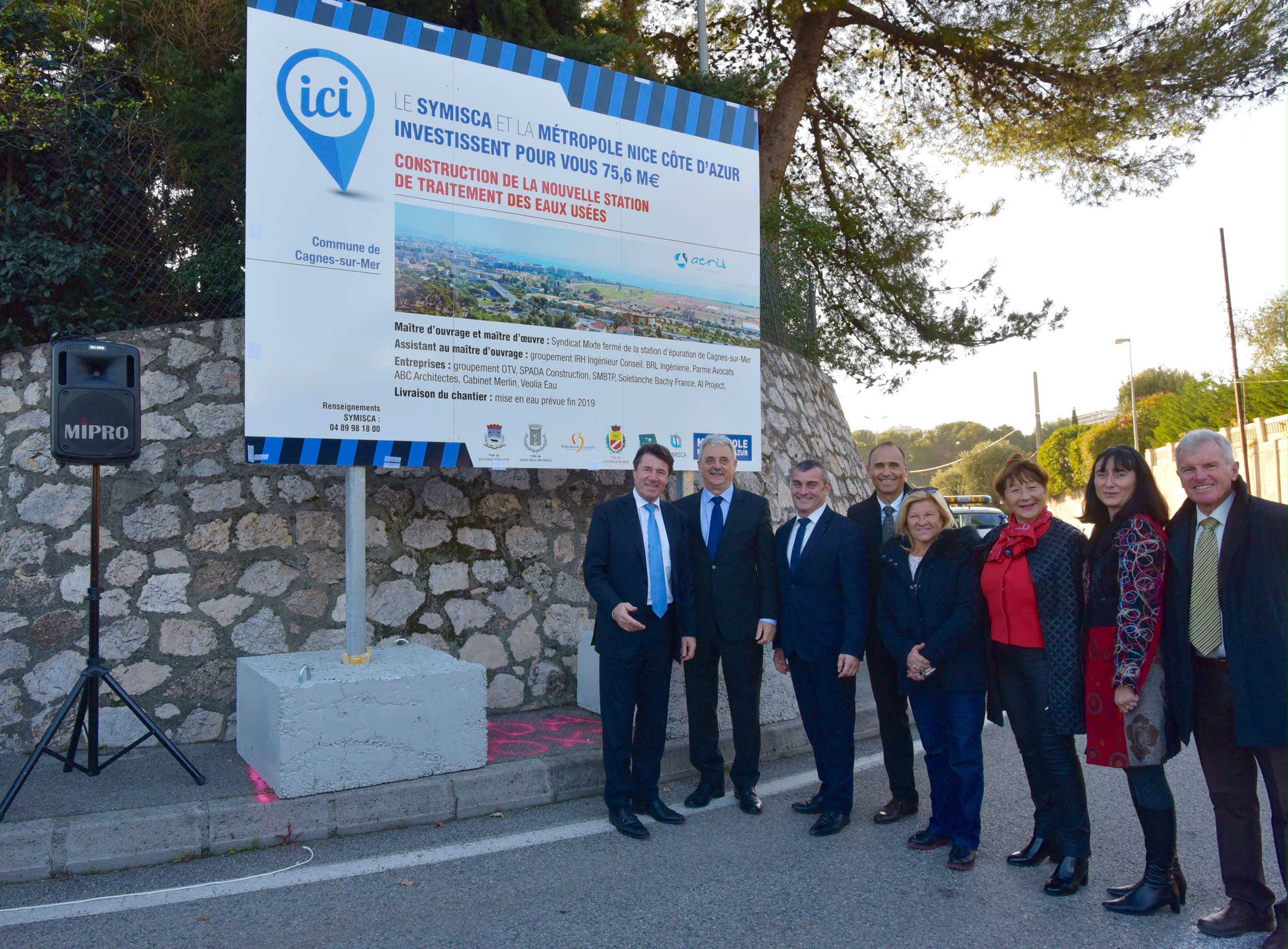
The operation will cost EUR 106.5 million, partly financed by the European Investment Bank (EIB) via the bank BPCE. This loan forms part of an EIB framework loan for BPCE totalling EUR 600 million in support of some 50 French municipalities in the field of water and sanitation.
“The EIB supports wastewater treatment in general”, says Emmanuel Chaponnière, an EIB engineer. “When we examined SYMISCA's new wastewater treatment plant project, we found only good reasons to finance it.”
Innovation for water
The new plant will be highly efficient – it will treat the wastewater generated by the equivalent of 160 000 people in the event of heavy rainfall. “In this case, the wastewater will be stored in a stormwater basin in order to limit overflows of untreated water into the natural environment. The wastewater will then be sent back to the new plant to be treated”, explains Karelle Delugin, project manager at Métropole Nice Côte d’Azur for SYMISCA.
The Aéris project includes a new stormwater basin at the site of the old plant where the various water collection networks will converge. Thanks to this stormwater basin, overflows into the natural environment will be substantially reduced.
Bathing water quality will also be improved thanks to the installation of a new, longer and deeper sea outfall (pipe for outflow of treated water) as part of an eco-design initiative to minimise the impact on biodiversity.
Innovation will also be a core feature of the Aéris project with the design of a highly automated and completely airtight plant that will help contain odours and limit associated pollution via a tailored air treatment system.
From by-products to genuine sources of energy
The sludge recovered will undergo a treatment and digestion process in order to produce biomethane, which will be sold and injected into the urban natural gas network. This sludge will be used as fuel in cement works, household waste-to-energy centres or, later, even in new boilers.
Aéris is part of a state-of-the-art energy solution. The plant is designed to optimise energy consumption and recovery in the areas of both wastewater treatment and sludge treatment. Thermal solar panels will cover a third of the heating requirements of the digesters and the heat released by the different motors will be recovered by heat pumps.
Ultimately, the plant will consume less energy (mainly electrical) than it produces. “That's why it’s being called a net positive energy wastewater treatment plant. It will contribute to the circular economy since everything is recovered, saved and recycled”, according to Chaponnière.
The BREEAM “Very Good” rating
BREEAM (Building Research Establishment Environmental Assessment Method) is the world’s longest-established and most widely used method for assessing the environmental quality of buildings. Aéris is expected to be the first BREEAM-certified wastewater treatment plant in France, an unprecedented label for such a facility.
But SYMISCA is aiming even higher: the BREEAM “Very Good” rating. Good luck!
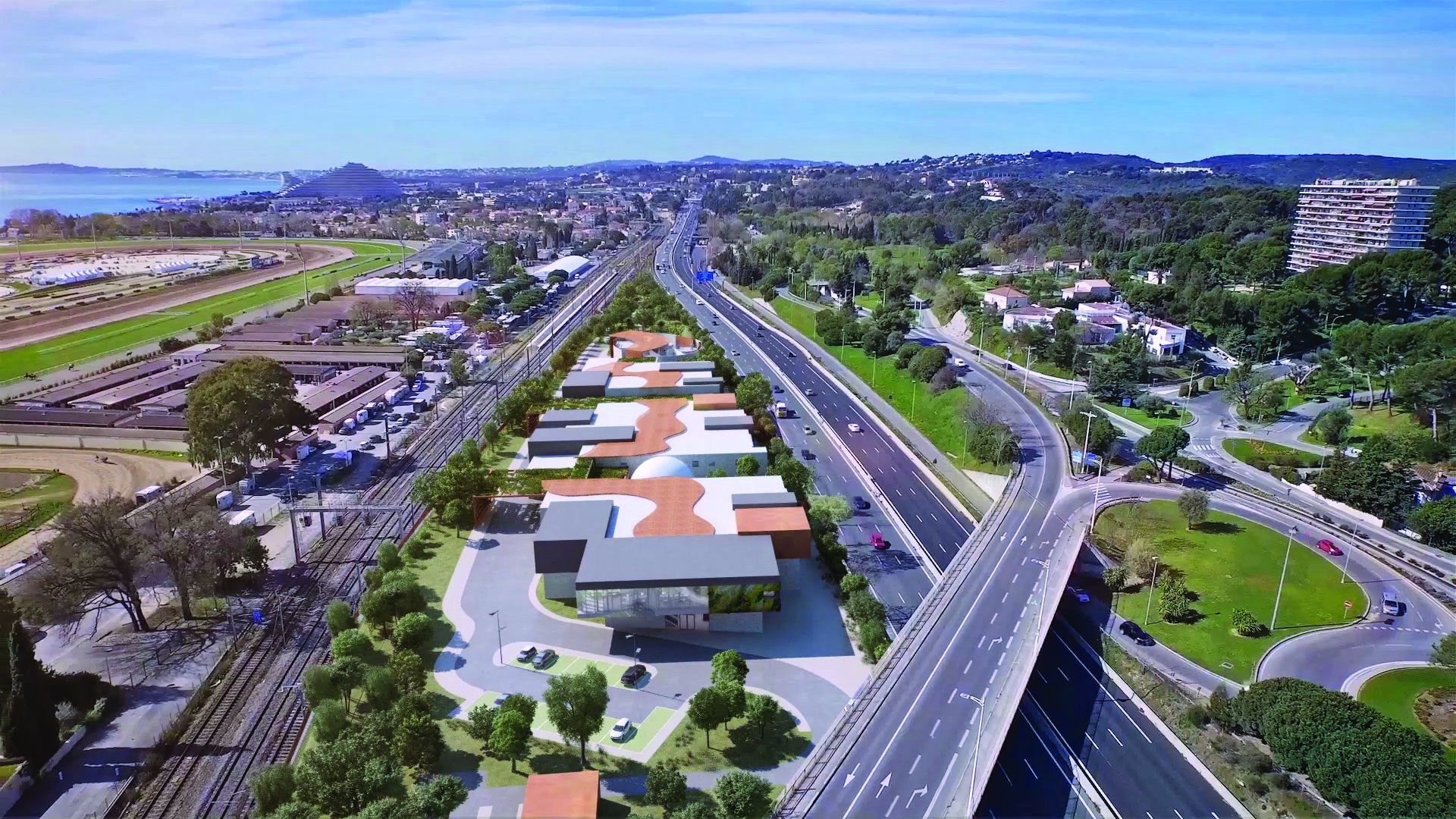
A project combining teaching, research and a social dimension
SYMISCA is also committed to equipping Aéris with a pilot unit for research into and treatment of micropollutants, which are currently not treated in traditional plants. Schools will be invited for educational visits to discover this model equipment.
This is also an ambitious project in terms of integration through economic activity, with posts that will be set aside for people with social or professional difficulties. These people will clock up 27 000 working hours (equivalent to five full-time employees) during the construction phase and 8 100 hours (equivalent to one full-time employee) during the operating phase.
A new “open” natural space
Lastly, the project's architectural integration and landscaping are state-of-the-art. Aéris overcomes the site’s constraints and the project's technical constraints, sending a powerful signal that is visible from the motorway and the railway line.
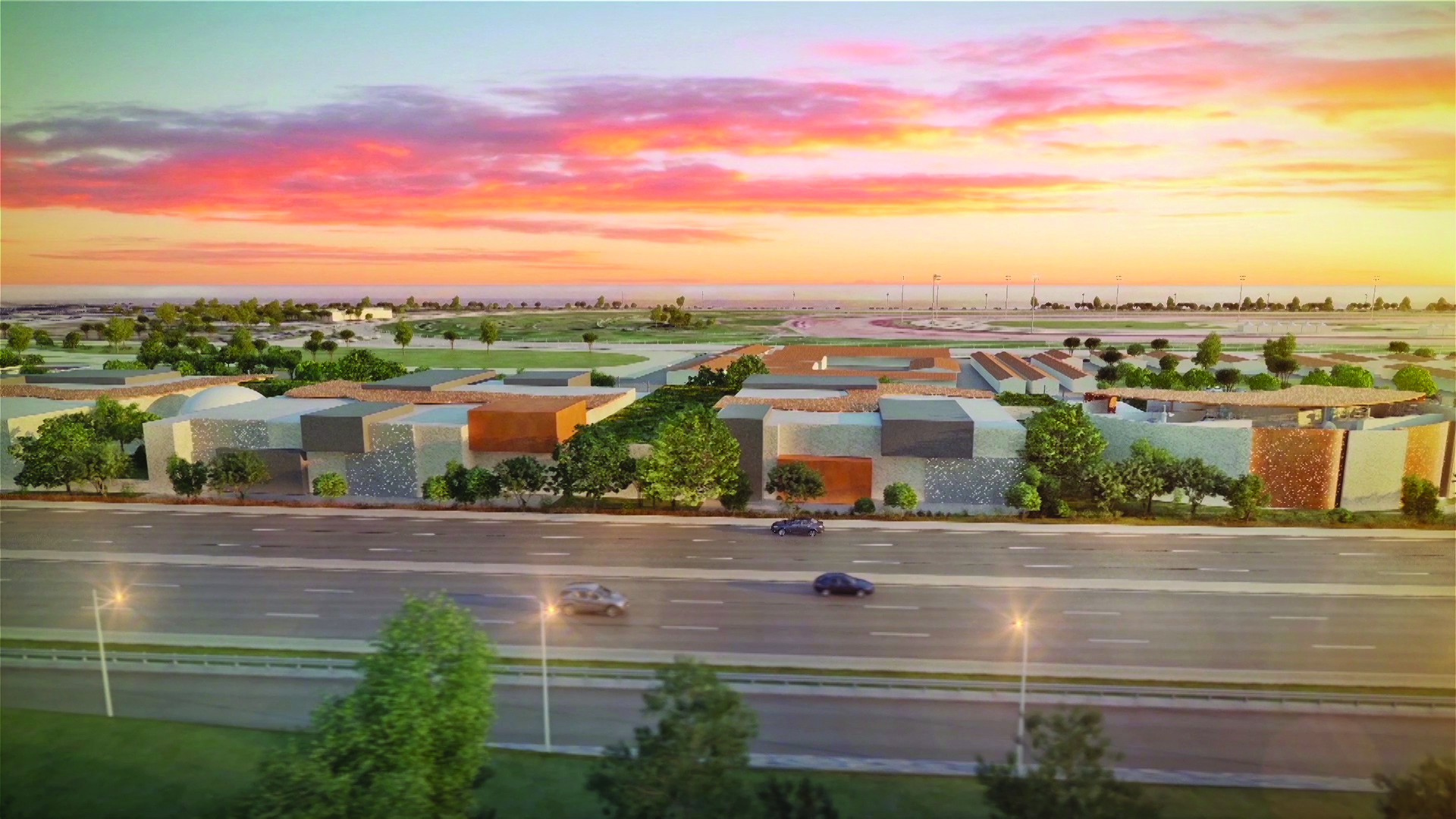
Pollution control, particularly odours and noise, and protecting residents remain a priority. These will be achieved by using treatment facilities that are completely covered and deodorised, keeping equipment indoors and via the ventilation of facilities, installation of deodorisation units (air treatment), soundproofing and noise insulation, all of which will be accompanied by pollution measurement campaigns.
Aéris will therefore be the wastewater treatment plant of the future, an innovative flagship model that will enhance the comfort and well-being not just of the current population but also of future generations.
The residents of this area can sleep easy.
